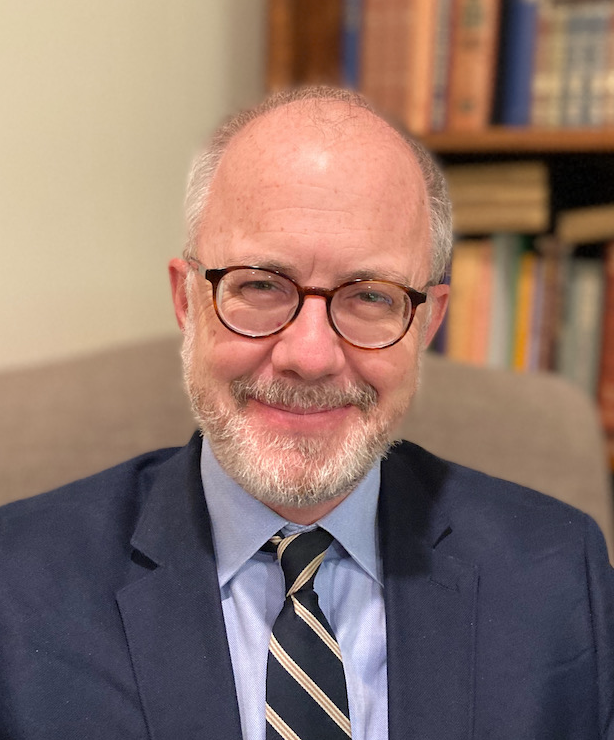
Parking Functions: Choose your own adventure
Abstract:
Consider a parking lot consisting of n consecutive parking spots along a one-way street labeled 1 to n. Suppose n cars want to park one at a time in the parking lot and each car has a preferred parking spot. Each car coming into the lot initially tries to park in its preferred spot. However, if a car's preferred spot is already occupied, then it will proceed forward in the street parking in the next available spot. Since the parking lot is along a one-way street, it is not guaranteed that every car will be able to park before driving past the parking lot. If we let a_i denote the preference of car i and all of the cars are able to park under these conditions, then the preference list (a_1,a_2, …, a_n) is called a parking function (of length n).
For example, (4,2,1,2,2) is a parking function, but (5,1,2,5,2) is not (you should convince yourself of this!). In this talk, we provide an answer to the question of how many parking functions of length n there are and we consider many new avenues for research stemming from this enumerative question.

Mathematical Quasicrystals
Abstract:
In 2011, Dan Shechtman was awarded the Nobel Prize in Chemistry for his discovery of quasicrystals, novel materials with properties somewhere between the regularity of crystals and the disorder of random structures. In parallel with this scientific breakthrough, mathematicians have developed tools for understanding aperiodic order, such as Fibonacci substitutions and Penrose tilings. We will survey these mathematical models of quasicrystals, relying on linear algebra and graph theory. Eigenvalues play a central role, giving insight into how these exotic materials could behave.
These problems can be subtle and surprising, opening opportunities for a wide range of mathematical contributions. We will describe our collaborative approach, which integrates numerical computation as a key tool in mathematical discovery, providing a bridge between pure and applied mathematics.
